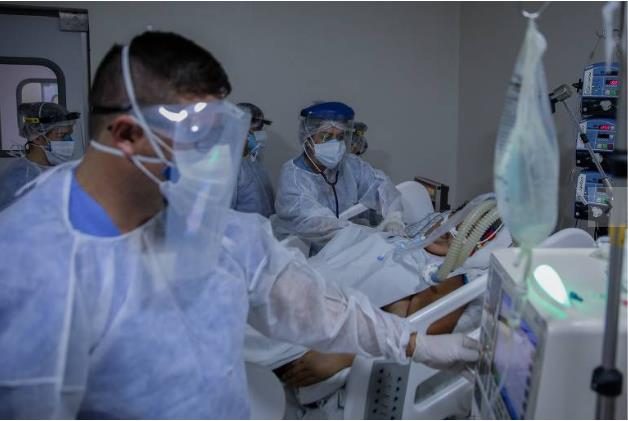According to a Brazilian media report on April 10th local time, the proportion of beds occupied by young people under the age of 40 in intensive care units reached 52.2% in March according to a survey data released by the country’s Intensive Care Association.
This is also the first time since the outbreak of the epidemic in the country that the proportion of these age groups in severe hospitalized patients with COVID-19 has exceeded 50%, reaching an absolute majority.
The data also showed that in the same month, the proportion of COVID-19 patients in intensive care units who needed intubation treatment and did not have complications reached 58.1%, the highest since the outbreak.
According to statistics, from December last year to February this year, the proportion of severe hospitalized patients with COVID-19 in the young group under 40 in Brazil is 44.5% of all severe inpatients, which is the same as that from September to November last year.
On the other hand, the data shows that the number of patients in the intensive care unit needing intubation alone shows that the number of people in March this year increased significantly compared with December last year, reaching an increase of nearly 40%.
In terms of the proportion of COVID-19 patients in the intensive care unit without complications, the proportion reached one-third in March, compared with one quarter in February this year. The data also showed that the number of severe hospitalized patients over 80 years old for COVID-19 fell by 42% in March compared with the same period last year.
Resende, the former president of the Brazilian Intensive Care Association, pointed out that the new epidemic data reflects at least three situations. First, the multivariant novel coronavirus transmitted in the country may be more infectious.
Secondly, some young people in the epidemic do not pay attention to personal protection, resulting in young people at a great risk of infection.
Third, Brazil’s vaccination target is mainly for the elderly group, whose proportion of severe hospitalization is reduced. Low reflects the preventive effect of vaccines on viruses.



